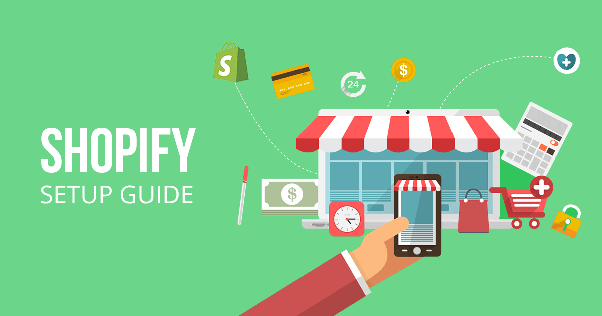
How to set up Shopify store?
29 March 2024A Comprehensive Guide to Setting Up Your Shopify Store
In the dynamic landscape of e-commerce, establishing a robust online presence is crucial for businesses aiming to reach a wider audience and drive sales. Shopify, a leading e-commerce platform, provides entrepreneurs with a user-friendly solution to create and manage their online stores effectively. Setting up a Shopify store is a streamlined process, but it requires careful planning and execution to ensure success. In this comprehensive guide, we’ll walk you through the steps to set up your Shopify store successfully.
Research and Planning:
Before diving into setting up your Shopify store, it’s essential to conduct thorough research and develop a clear plan. Identify your target audience, niche market, and products you intend to sell. Analyze your competitors to understand their strategies and identify gaps you can exploit. Determine your unique selling proposition (USP) to differentiate your store in the market.
Create a Shopify Account:
Visit the Shopify website and sign up for an account. You’ll need to provide basic information such as your email address, password, and store name. Shopify offers a 14-day free trial, allowing you to explore its features before committing to a subscription plan.
Choose a Shopify Plan:
Select a Shopify subscription plan based on your budget and business requirements. Shopify offers various plans ranging from Basic to Advanced, each with different features and pricing. Consider factors such as transaction fees, credit card rates, and additional features like abandoned cart recovery when choosing a plan.
Select a Domain Name:
Choose a domain name that reflects your brand identity and is easy to remember. You can purchase a domain through Shopify or use an existing one if you already own it. A custom domain adds credibility to your store and enhances brand recognition.
Design Your Store:
Shopify provides numerous customizable themes to design your store’s layout and appearance. Choose a theme that aligns with your brand aesthetic and offers the features you need. Customize the theme by uploading your logo, adjusting colors, fonts, and layout to create a visually appealing storefront.
Add Products:
Upload your products to your Shopify store by navigating to the Products section in the admin dashboard. Enter product details such as title, description, price, images, and variants (if applicable). Organize your products into categories or collections to make navigation easier for customers.
Set Up Payment Gateways:
Configure payment gateways to accept payments from customers securely. Shopify offers built-in payment gateways such as Shopify Payments, PayPal, Stripe, and others. Choose the payment gateways that are widely used in your target market and comply with your business’s needs and preferences.
Configure Shipping Settings:
Define shipping zones, rates, and fulfillment preferences in the Shopify admin dashboard. Set up shipping carriers, delivery methods, and shipping rates based on factors like weight, location, and order value. Offer free shipping or flat-rate shipping to incentivize purchases and improve customer satisfaction.
Optimize for SEO:
Optimize your Shopify store for search engines to improve visibility and attract organic traffic. Use relevant keywords in product titles, descriptions, and meta tags to enhance search engine rankings. Create unique and engaging content, including blog posts and product descriptions, to attract and engage potential customers.
Launch Your Store:
Before launching your Shopify store, thoroughly test its functionality to ensure everything works seamlessly. Review your store’s design, navigation, payment process, and checkout experience from a customer’s perspective. Once you’re satisfied with the setup, launch your store and start promoting it through various channels.
Monitor Performance and Iterate:
Regularly monitor your Shopify store’s performance using analytics tools provided by Shopify. Track key metrics such as traffic, conversion rate, average order value, and customer behavior to identify areas for improvement. Iterate on your store’s design, marketing strategies, and product offerings based on data-driven insights to optimize performance and drive growth.
Conclusion:
Setting up a Shopify store requires careful planning, execution, and ongoing optimization to succeed in the competitive e-commerce landscape. By following the steps outlined in this guide and continuously refining your strategies based on insights and feedback, you can create a successful online store that attracts customers, drives sales, and builds a loyal customer base. With Shopify’s powerful features and flexibility, you have the tools you need to turn your e-commerce vision into reality.
.png)